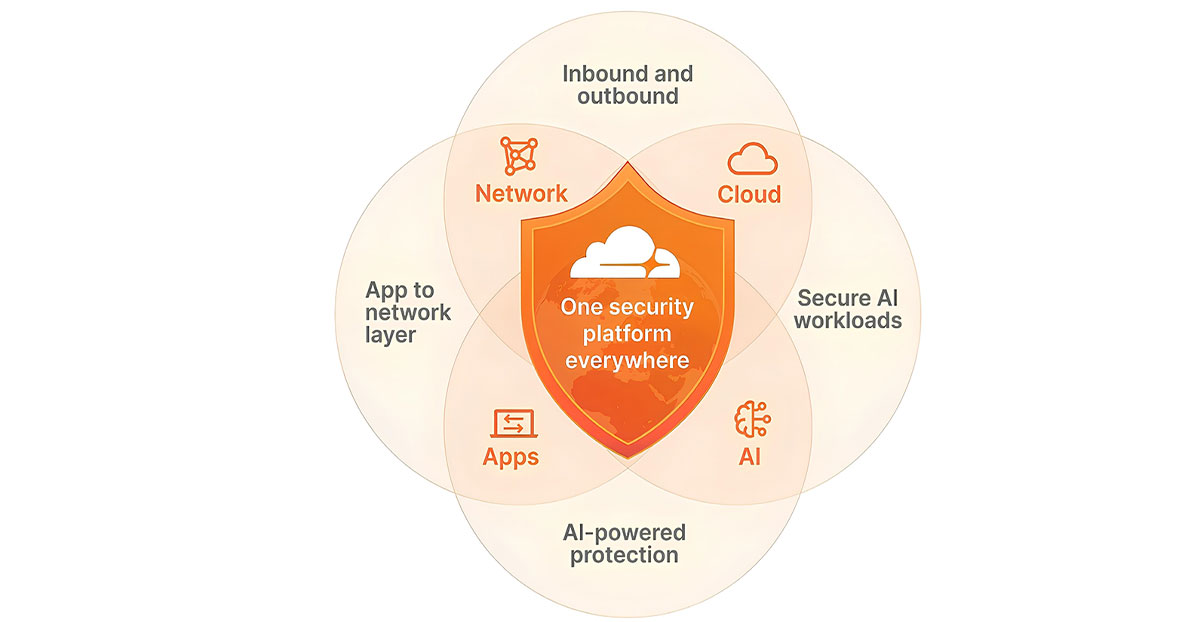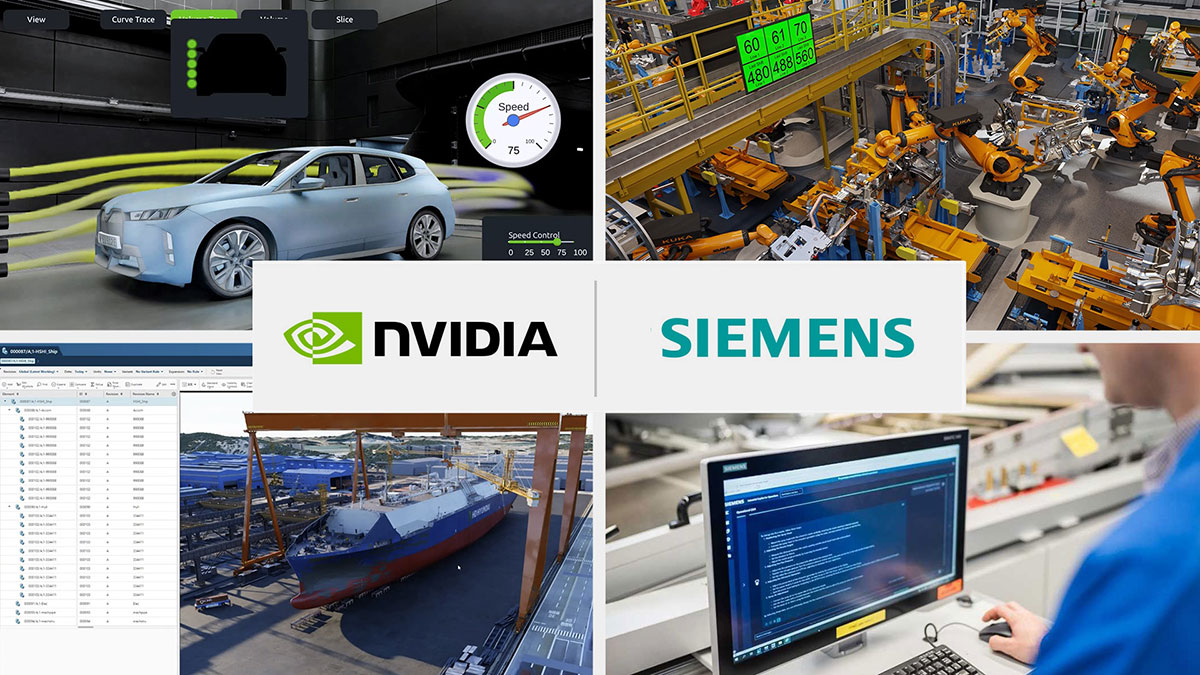สมรสเท่าเทียมเปิดประตูสู่บ้านในฝัน ดันเทรนด์ที่อยู่อาศัยสดใสในเศรษฐกิจสีรุ้ง (Rainbow Economy)
ในวันนี้กลุ่มผู้ที่มีความหลากหลายทางเพศหรือ LGBTQIAN+ ได้เป็นอีกหนึ่งฟันเฟืองสำคัญที่ช่วยขับเคลื่อนระบบเศรษฐกิจทั่วโลกที่รู้จักกันในชื่อเศรษฐกิจสีรุ้ง (Rainbow Economy) เนื่องจากกลุ่ม LGBTQIAN+ มีอำนาจการใช้จ่ายสูงและพร้อมที่จะใช้จายเพื่อเพิ่มความสุขส่วนตัวตามไลฟ์สไตล์ที่ชอบอย่างเต็มที่ ในขณะที่ประเทศไทยเปิดกว้างและยอมรับในความหลากหลายทางเพศ เห็นได้จากพลังสังคมที่ร่วมกันผลักดันและขับเคลื่อนให้พระราชบัญญัติ (พ.ร.บ.) แก้ไขเพิ่มเติมประมวลกฎหมายแพ่งและพาณิชย์ (ฉบับที่ 24) พ.ศ. 2567 หรือกฎหมายสมรสเท่าเทียมมีผลใช้บังคับอย่างเป็นทางการเมื่อวันที่ 23 มกราคม 2568 ที่ผ่านมา สะท้อนให้เห็นถึงการสร้างสังคมที่เท่าเทียมในอีกมิติ
ข้อมูลจากวิทยาลัยการจัดการ มหาวิทยาลัยมหิดล (CMMU) รายงานผลงานวิจัยในหัวข้อ “Love Wins Marketing: ถอดรหัสการตลาดหลัง พ.ร.บ. สมรสเท่าเทียม” พบว่า กลุ่มผู้บริโภค LGBTQIAN+ ไทยมีจำนวนมากกว่า 5.9 ล้านคน หรือคิดเป็น 9% ของประชากรทั้งประเทศ จึงกลายเป็นขุมพลังทางเศรษฐกิจใหม่ที่ธุรกิจควรจับตามองโดยเฉพาะในตลาดอสังหาริมทรัพย์
นอกจากนั้น 54% ของประชากรกลุ่มนี้ต้องการซื้อที่อยู่อาศัยเป็นของตัวเอง ในจำนวนนี้พบว่า 79.1% สนใจเลือกซื้อบ้านเดี่ยว และ 20.9% เลือกที่จะย้ายไปอยู่กับคู่รัก โดยมีงบประมาณเฉลี่ย 3-5 ล้านบาท และมีความสนใจที่อยู่อาศัยแตกต่างกันไป สะท้อนให้เห็นว่าความต้องการที่อยู่อาศัยยังคงเป็นปัจจัยที่ทุกเพศทุกวัยให้ความสำคัญมาโดยตลอด
คู่ชีวิต LGBTQIAN+ ควรรู้! ใช้สิทธิจัดการสินสมรสที่เป็นอสังหาฯ ได้อย่างไรบ้าง
นอกจาก พ.ร.บ. สมรสเท่าเทียมจะช่วยให้คู่ชีวิต LGBTQIAN+ สามารถจดทะเบียนสมรสได้ตามกฎหมายแล้ว ยังมาพร้อมสิทธิต่าง ๆ ที่คู่สมรสพึงมี ไม่ว่าจะเป็นการดูแลชีวิตคู่ การจัดการทรัพย์สิน/หนี้สิน ไปจนถึงการจัดการสินสมรสร่วมกัน ดีดีพร็อพเพอร์ตี้ (DDproperty) แพลตฟอร์มอสังหาริมทรัพย์อันดับ 1 ของไทย ชวนชาว LGBTQIAN+ ทำความเข้าใจการจัดการสินสมรสที่เป็นอสังหาริมทรัพย์ (ตามกฎหมายแพ่งและพาณิชย์ มาตรา 1474) ว่าเรื่องใดที่ต้องทำร่วมกันบ้าง
ทั้งนี้ กฎหมายเปิดโอกาสให้คู่สมรสสามารถตกลงรูปแบบ วิธีการ เงื่อนไข และข้อจำกัดเกี่ยวกับการจัดการทรัพย์สินของคู่สมรสที่แตกต่างไปจากที่กฎหมายกำหนดได้ตามที่คู่สมรสเห็นสมควร หากไม่ได้ทำสัญญาตกลงกันเรื่องจัดการทรัพย์สินระหว่างคู่สมรสแล้ว เมื่อการสมรสสิ้นสุดลง ทั้งสองฝ่ายต้องจัดการสินสมรสที่มีร่วมกันและแบ่งให้แต่ละฝ่ายเท่า ๆ กันตามกฎหมายข้อมูลจากสำนักงานกิจการยุติธรรม เผยว่า กฎหมายแพ่งและพาณิชย์ มาตรา 1476 กำหนดวิธีจัดการสินสมรสที่คู่สมรสสามารถจัดการสินสมรสร่วมกันได้ไว้ 8 เรื่อง โดยมีประเด็นที่เกี่ยวข้องกับสินสมรสที่เป็นอสังหาริมทรัพย์ที่ควรรู้ ดังนี้
- การจัดการเกี่ยวกับทรัพย์ ขาย แลกเปลี่ยน ขายฝาก ให้เช่าซื้อ จำนอง ปลดจำนอง หรือโอนสิทธิจำนอง คู่สมรสต้องได้รับการยินยอมร่วมกัน
- การจัดการทรัพยสิทธิ ได้แก่ ภาระจำยอม สิทธิอาศัย สิทธิเหนือพื้นดิน สิทธิเก็บกิน หรือภาระติดพันในอสังหาริมทรัพย์
- ให้เช่าอสังหาริมทรัพย์เกิน 3 ปี คู่สมรสต้องไปจัดการร่วมกัน หากฝ่าฝืน คู่สมรสที่ไม่ให้ความยินยอมมีสิทธิฟ้องเพิกถอน แต่หากเป็นการให้เช่าอสังหาริมทรัพย์ที่ไม่เกิน 3 ปี คู่สมรสสามารถจัดการได้โดยลำพังตนเอง ไม่ต้องได้รับความยินยอมจากอีกฝ่ายหนึ่ง
- เอาสินสมรสไปเป็นหลักประกัน ยกเว้นในกรณีใช้ตำแหน่งส่วนตัวไม่ต้องยินยอมจากคู่สมรส
ถอดรหัสเทรนด์ที่อยู่อาศัยตอบโจทย์ตรงใจคู่รัก LGBTQIAN+
ปฏิเสธไม่ได้ว่าความต้องการที่อยู่อาศัยเป็นเทรนด์ที่ปราศจากเพศ (Genderless) ที่มีความต้องการพื้นฐานในการหาบ้านคล้ายคลึงกัน ดีดีพร็อพเพอร์ตี้ (DDproperty) อัปเดตเทรนด์การเป็นเจ้าของที่อยู่อาศัยที่ตอบโจทย์วิถีชีวิตของคู่รัก LGBTQIAN+ ในยุคปัจจุบัน ที่การพิจารณาเลือกซื้อ/เช่าบ้านหรือคอนโดฯ ไม่จำเป็นต้องยึดติดกับกรอบทางเพศอีกต่อไป แต่ควรให้ความสำคัญกับความต้องการและไลฟ์สไตล์ที่แท้จริงของผู้พักอาศัยเป็นสำคัญ
- คู่สมรส LGBTQIAN+ กู้ร่วมซื้อบ้านได้ง่ายขึ้น การประกาศใช้ พ.ร.บ. สมรสเท่าเทียมในปีนี้ช่วยให้คู่สมรส LGBTQIAN+ สามารถยื่นกู้เพื่อซื้อที่อยู่อาศัยร่วมกันได้ หลังจากก่อนหน้านี้การกู้ร่วมของคู่รักกลุ่มนี้มีข้อจำกัด เนื่องจากไม่เข้าเงื่อนไขของธนาคารที่กำหนดให้ผู้กู้ร่วมต้องเป็นบุคคลที่มีความสัมพันธ์ใกล้ชิดกัน ปัจจุบันมีหลายธนาคารที่จัดแคมเปญให้คู่สมรส LGBTQIAN+ สามารถกู้ซื้อบ้าน/คอนโดฯ ร่วมกันได้ ซึ่งข้อดีของการกู้ร่วมคือช่วยเพิ่มโอกาสให้อนุมัติการกู้ได้ง่ายขึ้น ได้วงเงินมากขึ้นเพื่อซื้อบ้านในฝันตามงบที่ต้องการ และเพิ่มความคล่องตัวทางการเงินของทั้งสองฝ่าย โดยคู่สมรส LGBTQIAN+ ที่กู้ร่วมเพื่อซื้อบ้าน/คอนโดฯ สามารถเลือกใส่ชื่อในกรรมสิทธิ์ได้ทั้งแบบ 1 คน หรือ 2 คน ขึ้นอยู่กับเงื่อนไขที่ธนาคารกำหนด
- คู่ชีวิตวิถี DINKs มองโอกาสออมเงินต่อยอดลงทุน แนวคิด DINKs (Double Income No Kids) เป็นวิถีชีวิตของคนรุ่นใหม่ที่มาแรงในปัจจุบัน ไม่ว่าจะเป็นคู่รักต่างเพศหรือเพศเดียวกันที่ยังไม่มีลูกหรือวางแผนที่จะไม่มีลูก ซึ่งผู้บริโภคกลุ่มนี้มีรายได้ 2 ทางและไม่มีภาระเลี้ยงดูบุตร ทำให้มีกำลังซื้อสูงในการใช้จ่ายเพื่อตอบสนองความต้องการของตัวเอง รวมทั้งมีเงินออมและเงินลงทุนเหลือมากกว่ากลุ่มอื่น จึงให้ความสำคัญกับการวางแผนทางการเงิน ซึ่งการลงทุนอสังหาริมทรัพย์ถือเป็นอีกหนึ่งทางเลือกที่น่าสนใจ เนื่องจากมีความผันผวนน้อยกว่าและให้ผลตอบแทนที่สูงกว่าการลงทุนประเภทอื่น ๆ รวมทั้งมีหลายรูปแบบให้เลือกทั้งแบบที่สร้างผลตอบแทนระยะสั้นและระยะยาว เช่น การขายใบจองคอนโดฯ, การลงทุนปล่อยเช่าบ้าน/คอนโดฯ รายเดือน หรือการลงทุนในกองทุนอสังหาริมทรัพย์ต่าง ๆ
- เลือกบ้านใกล้หมอ วางแผนสุขภาพระยะยาว ข้อมูลจากแบบสอบถามความคิดเห็นของผู้บริโภคที่มีต่อตลาดที่อยู่อาศัย DDproperty Thailand Consumer Sentiment Study รอบล่าสุดของดีดีพร็อพเพอร์ตี้ (DDproperty) พบว่า ผู้บริโภคกว่า 1 ใน 5 (22%) มองว่าที่อยู่อาศัยใกล้โรงพยาบาล/สถานพยาบาลถือเป็นปัจจัยภายนอกโครงการที่มีผลต่อการตัดสินใจเลือกซื้อ/เช่าที่อยู่อาศัย สะท้อนให้เห็นแนวโน้มที่ผู้บริโภคทุกเพศทุกวัยหันมาให้ความสำคัญกับการดูแลสุขภาพอย่างรอบด้าน ไม่ว่าจะเป็นการเสริมสร้างร่างกายให้แข็งแรงหรือการรักษาเมื่อเจ็บป่วย ดังนั้น การได้อยู่อาศัยใกล้สถานพยาบาลจะช่วยเพิ่มความอุ่นใจหากเกิดเหตุไม่คาดคิด และเอื้อต่อการวางแผนดูแลสุขภาพในระยะยาวได้ดียิ่งขึ้น
- เทรนด์ “Pet Humanization” ฮีลใจด้วยสัตว์เลี้ยง เทรนด์ “Pet Humanization” หรือ “Pet Parent” ที่เจ้าของเลี้ยงสัตว์เลี้ยงเหมือนลูก ให้ความสำคัญเทียบเท่าสมาชิกในครอบครัวยังคงมาแรง สอดคล้องกับวิถีชีวิตของคนไทยปัจจุบันที่มีแนวโน้มครองตัวเป็นโสดมากขึ้น หรือกลุ่ม DINKS รวมทั้งกลุ่ม LGBTQIAN+ ที่มักจะมีสัตว์เลี้ยงไว้เป็นส่วนหนึ่งในครอบครัว พร้อมดูแลอย่างดีเหมือนเป็นลูก ส่งผลให้เทรนด์นี้มีแนวโน้มเติบโตอย่างต่อเนื่อง สอดคล้องกับข้อมูลจากกรมพัฒนาธุรกิจการค้า กระทรวงพาณิชย์ คาดการณ์ว่าตลาดสัตว์เลี้ยงในปี 2569 จะมีมูลค่าสูงถึง 66,748 ล้านบาท เติบโตเฉลี่ยปีละ 8.4% ขณะเดียวกันผู้พัฒนาอสังหาริมทรัพย์ต่างปรับตัวเพื่อเจาะกลุ่มเป้าหมายนี้ โดยเปิดตัวโครงการคอนโดฯ Pet-Friendly หลากหลายรูปแบบเพื่อเป็นทางเลือกให้ผู้บริโภค เห็นได้จากผลการสำรวจของบริษัท แอล ดับเบิลยู เอส วิสดอม แอนด์โซลูชั่นส์ จำกัด (LWS) พบว่า ณ สิ้นปี 2566 มีจำนวนอาคารชุดประเภทที่สามารถเลี้ยงสัตว์ได้ในพื้นที่กรุงเทพฯ-ปริมณฑล จำนวน 23,031 หน่วย เพิ่มขึ้น 4,600% จาก 490 หน่วย เมื่อเทียบกับปี 2554
อย่างไรก็ดี คู่รัก LGBTQIAN+ ที่เลี้ยงสัตว์เลี้ยงเหมือนลูกต้องไม่ลืมเช็กความพร้อมของโครงการที่อยู่อาศัยว่าออกแบบมารองรับการใช้ชีวิตของเลี้ยงสัตว์ดีเพียงใด รวมทั้งศึกษากฎระเบียบของโครงการไปจนถึงศึกษากฎหมายที่เกี่ยวข้องในแต่ละพื้นที่ เช่น คนในเมืองหลวงควรทำความเข้าใจข้อบัญญัติใหม่ของกรุงเทพมหานครเกี่ยวกับการควบคุมการเลี้ยงหรือปล่อยสัตว์ พ.ศ. 2567 ที่จะมีผลบังคับใช้ในวันที่ 10 มกราคม 2569 เพื่อให้การอยู่อาศัยของสมาชิกทุกชีวิตในครอบครัวเป็นไปอย่างราบรื่นและมีความสุข
แพลตฟอร์มอสังหาริมทรัพย์อันดับ 1 ของไทยอย่างดีดีพร็อพเพอร์ตี้ (www.ddproperty.com) ได้รวบรวมข่าวสารและเรื่องราวน่ารู้ในแวดวงอสังหาริมทรัพย์ เพื่อเป็นข้อมูลให้คนหาบ้านทุกเพศทุกวัยได้นำไปใช้วางแผนประกอบการตัดสินใจเลือกที่อยู่อาศัย รวมทั้งเป็นแหล่งรวมประกาศซื้อ-ขาย-เช่าที่อยู่อาศัยในหลากหลายทำเลทั่วประเทศ ช่วยให้ทุกคนเริ่มเตรียมความพร้อมก่อนเป็นเจ้าของบ้านในฝันได้อย่างมั่นใจในทุก ๆ วัน






